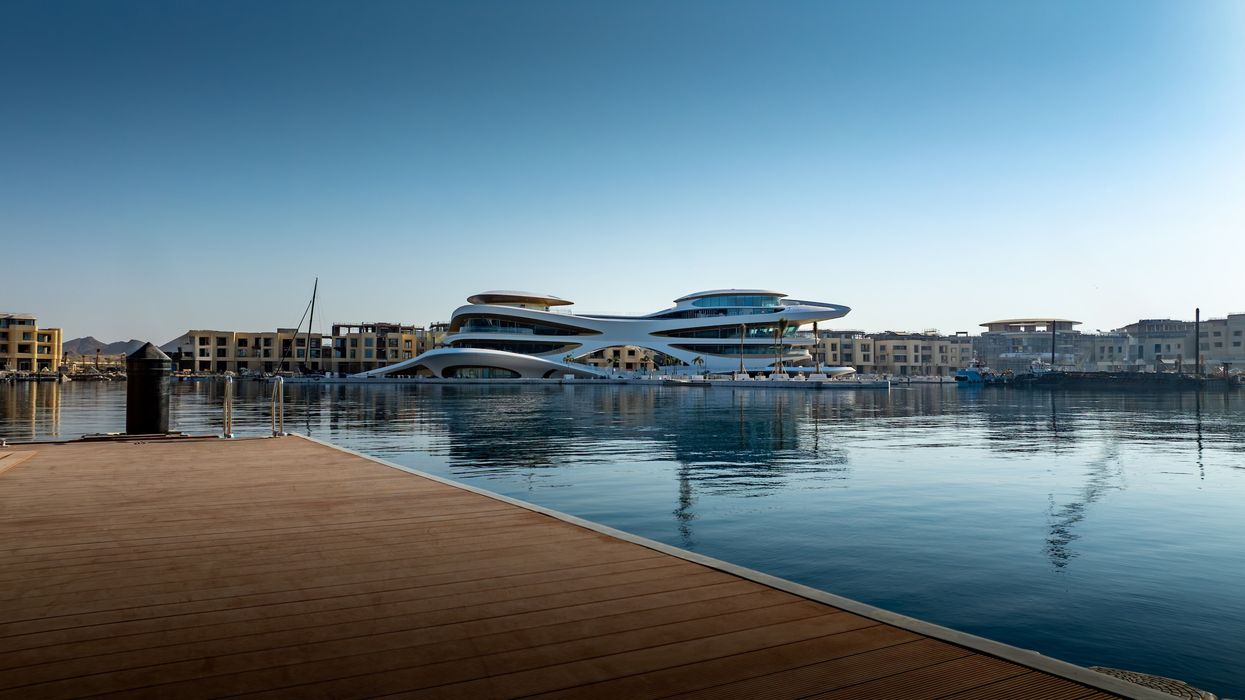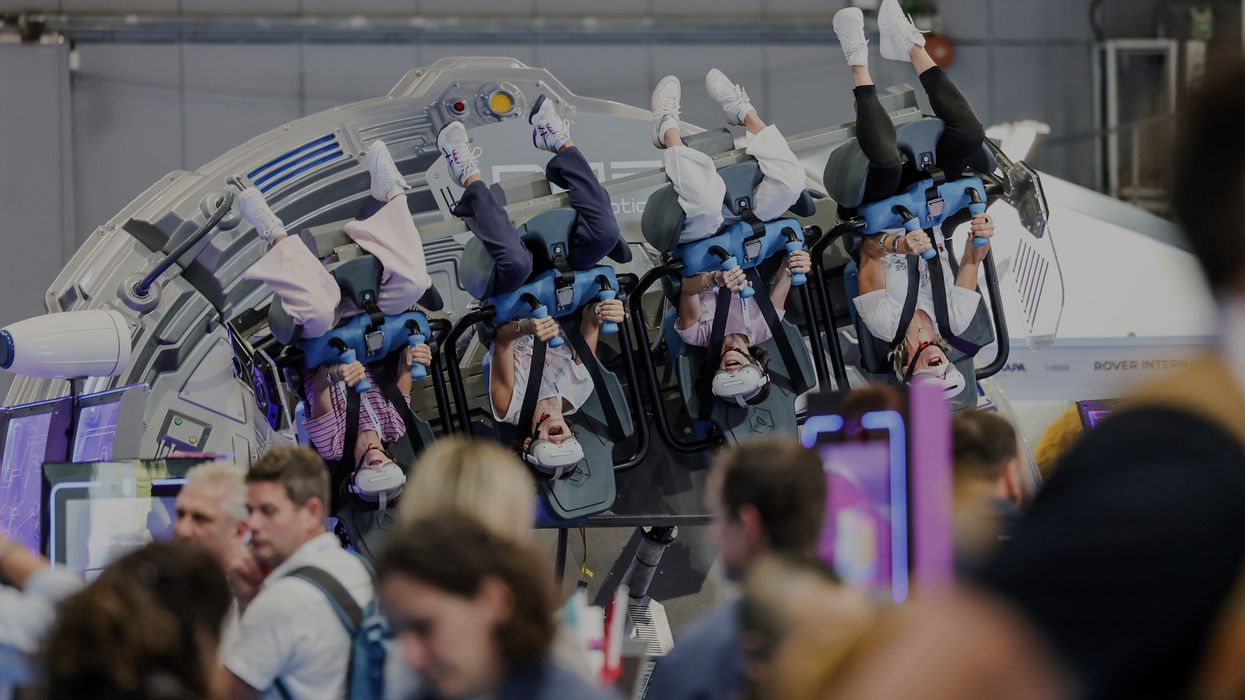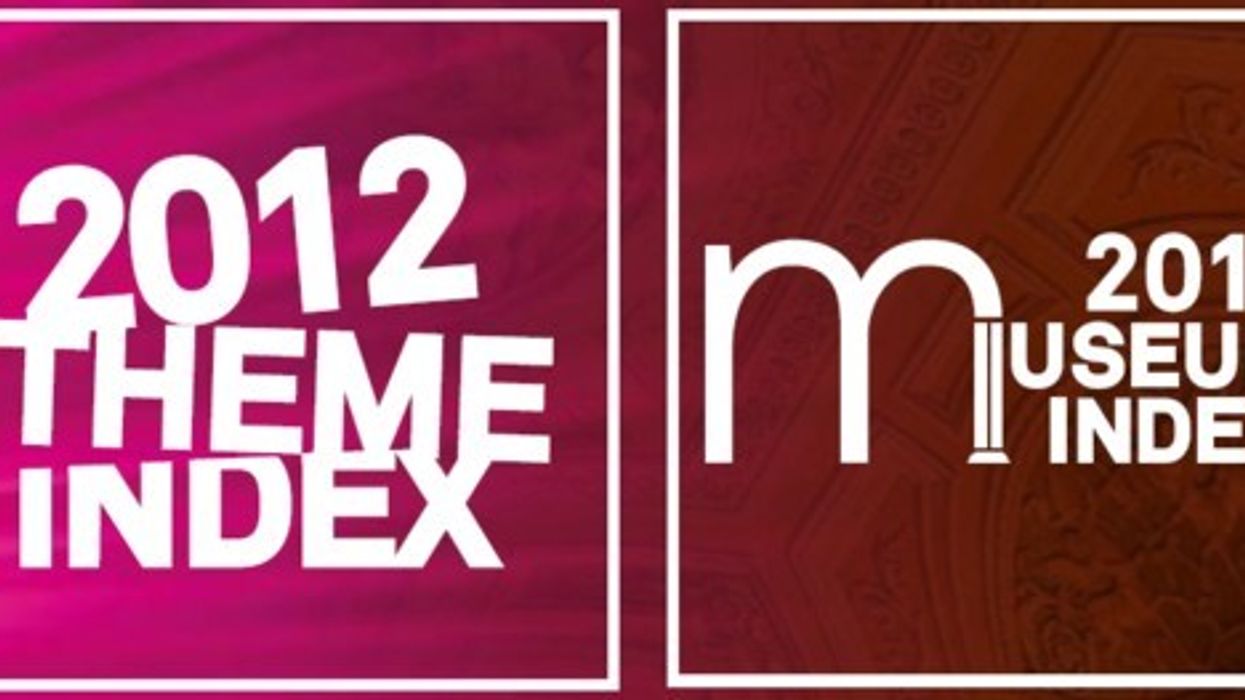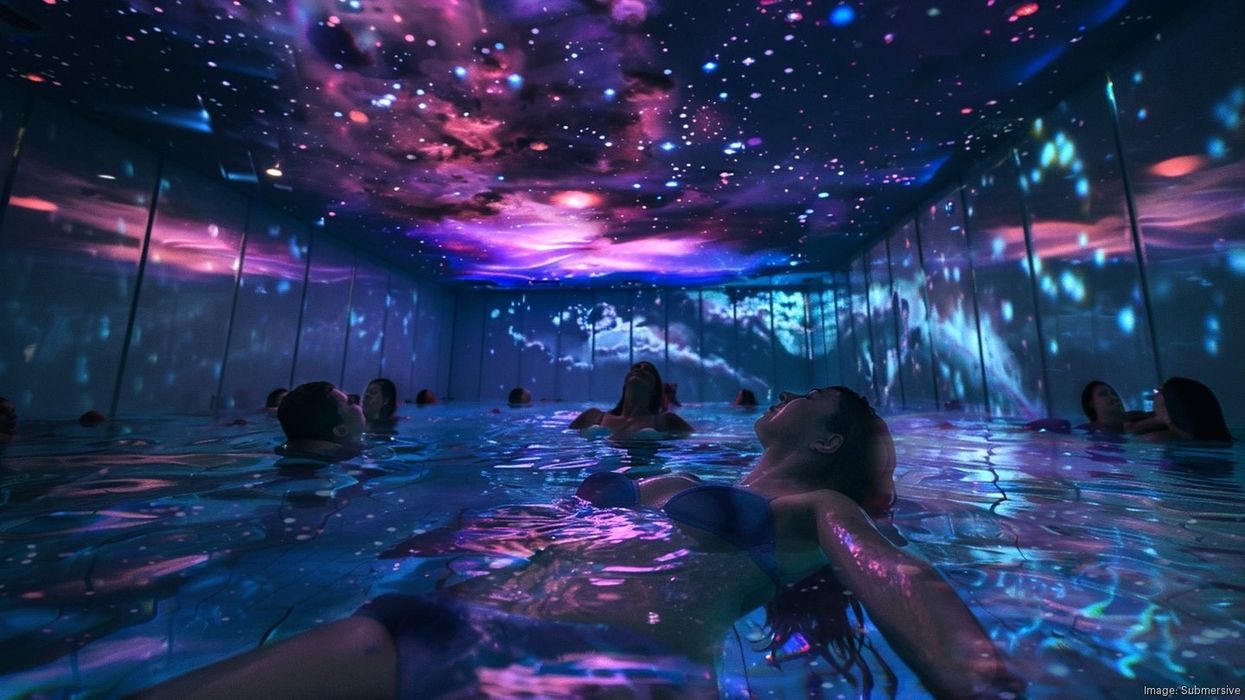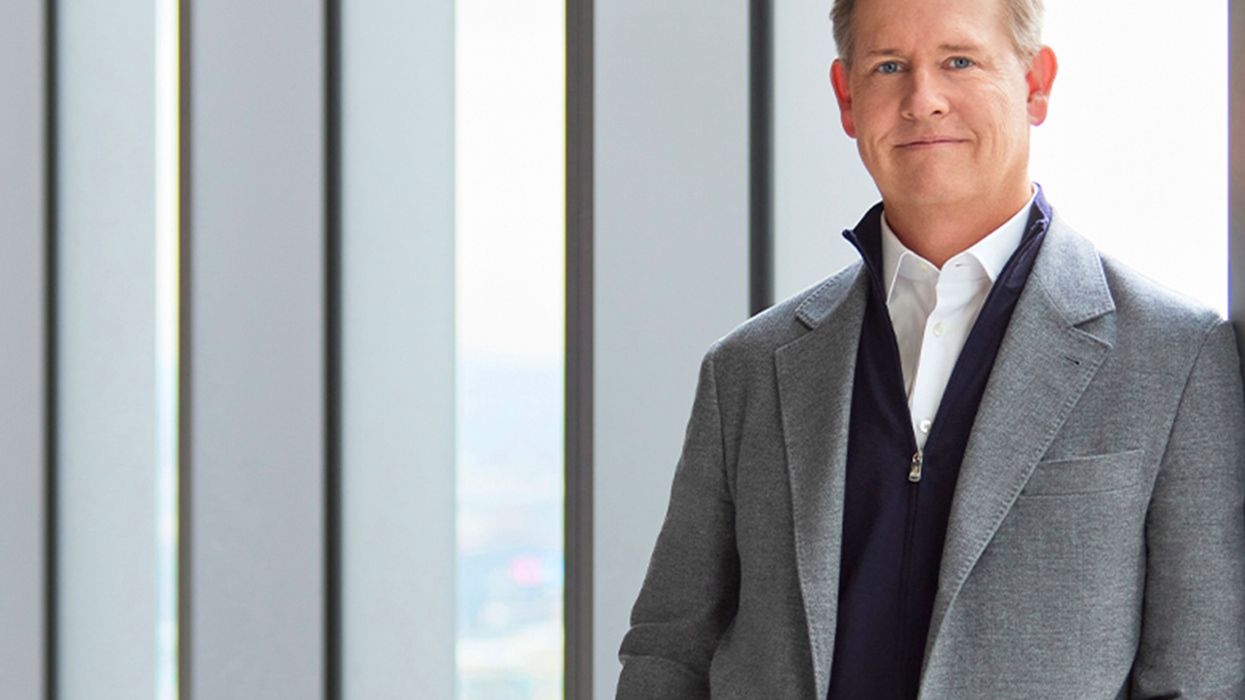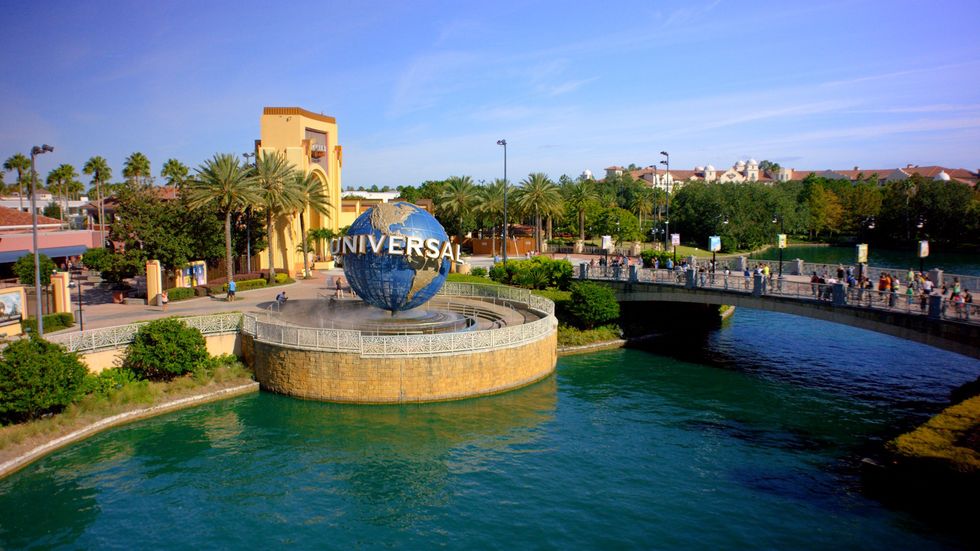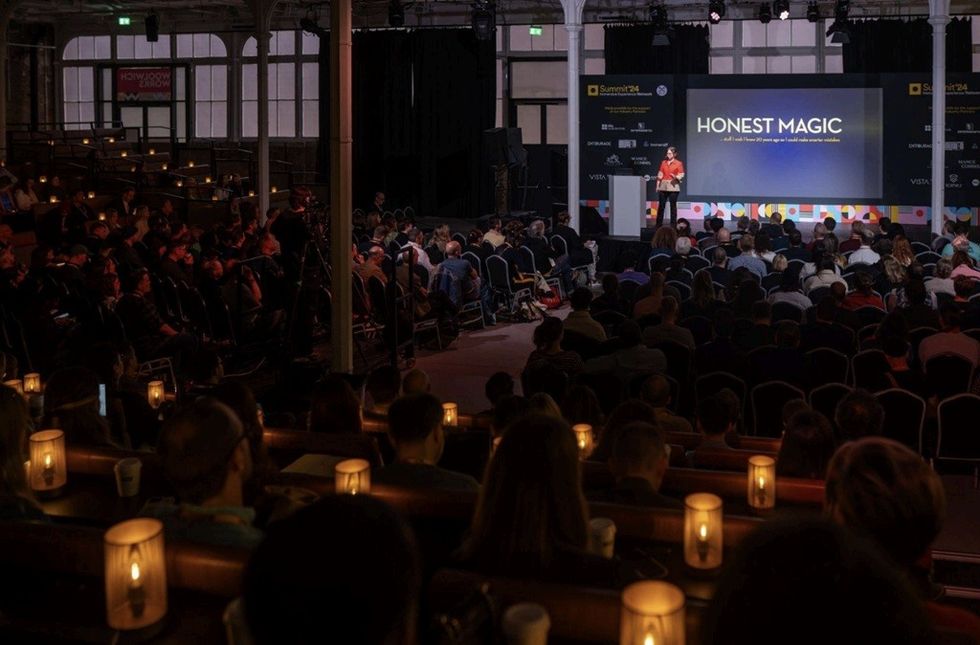The Getty has released its inaugural PST ART Climate Impact Program report, an expansive dataset on the climate impact of exhibition-making.
Carbon emissions, material waste, and more were measured from 40 exhibitions tied to the latest edition of PST ART – the US' largest art event, held every five years across Southern California.
Per a press release, art museums have the highest average energy consumption of all cultural institutions in the US.
“You can’t reduce your carbon footprint if you don’t measure it, so data collection was a crucial first step," said Joan Weinstein, director of the Getty Foundation.
Getty developed the Climate Impact Program with the climate strategy firm LHL Consulting.
“One thing that is abundantly clear is that art institutions want to take climate action," said LHL Consulting founder Laura Lupton.
"Some previously lacked the resources to begin, while others simply did not have the bandwidth to take on this work.
“There is no one-size-fits-all approach, so we worked with Getty to ensure a welcoming community and reinforce with our PST ART partners that just by making an effort – big or small – they are making an impact.”
Project to inform PST Art in 2030
According to the report, flights were among the highest emissions, followed by air freight.
The total emissions, with just over half of all PST ART projects reporting, was 2,167 tCO2 – equivalent to enough carbon dioxide to power the electricity of 452 homes in the US for a year.
The Climate Impact Program will inform the next edition of PST Art in 2030, and inspired greener exhibition practices for the 2024–25 PST Art.
For example, some participating institutions attempted to reduce travel and artwork shipping, others implemented waste reduction strategies.
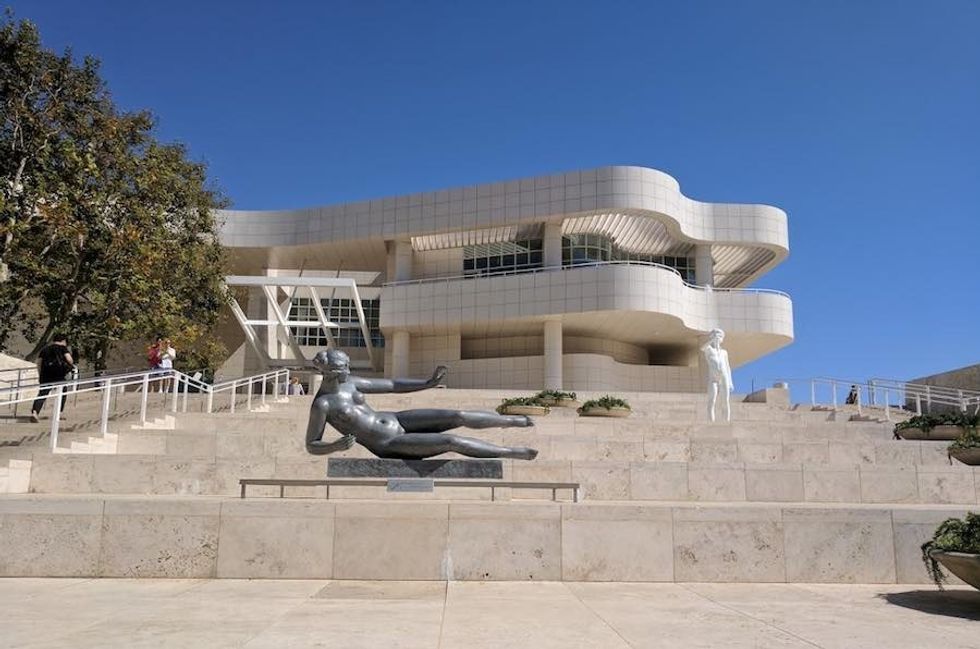
Also, many museums reconsidered which vendors to work with for exhibitions.
"We were heartened to see how many partners across the region took this opportunity to try alternative methods and materials and commit to new eco-friendly exhibition practices right away,” Weinstein said.
Images courtesy of Getty


